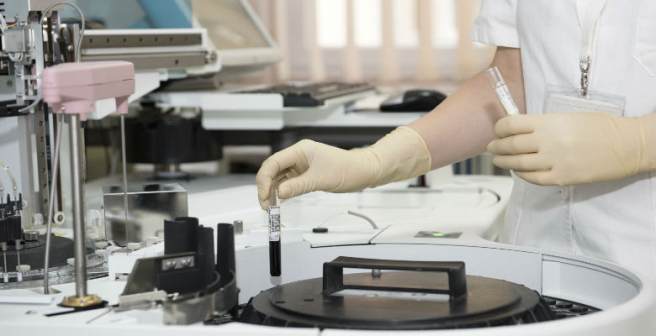A new biocontainment strategy for safe use of genetically modified organisms

Biocontainment measures form a vital aspect of genetic engineering. Two US teams led by George Church – a geneticist at Harvard Medical School – and Farren Isaacs – a synthetic biologist at Yale University in New Haven, Connecticut – have developed a biological containment strategy. They independently created genetically modified (GM) bacteria whose survival depends on an amino acid that does not occur naturally in nature. The bacteria have to be fed the synthetic amino acid without which they cannot thrive. While Isaacs’ team used genomic sequencing to identify sites in essential bacterial proteins where synthetic amino acids could be introduced, Church’s team added elements in the protein structures to accommodate the artificial amino acids. These genetically modified bacteria are more resistant than other naturally occurring viruses due to the mismatch between the genetic code of the virus and that of its host. While the engineered bacteria have the potential of pioneering the use of GM organisms in areas such as agriculture, medicine, and environmental clean-up, some researchers are skeptical of how they will behave when introduced to the natural ecosystem.
Read more in Nature.


